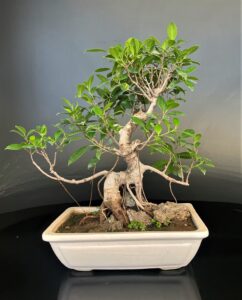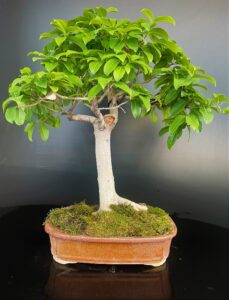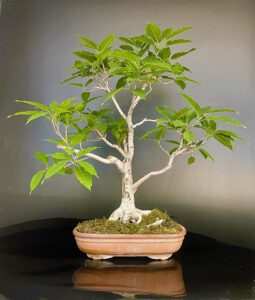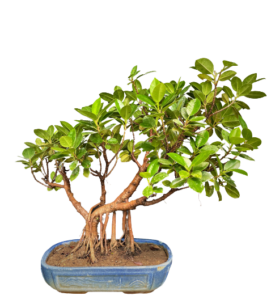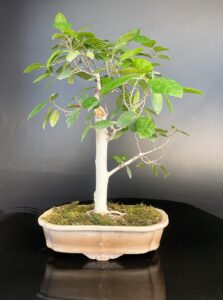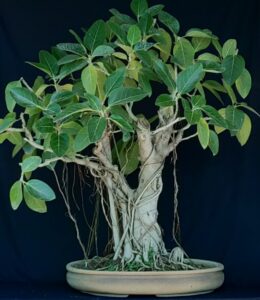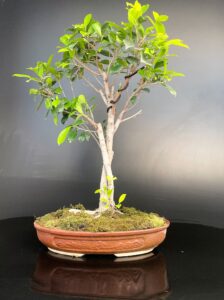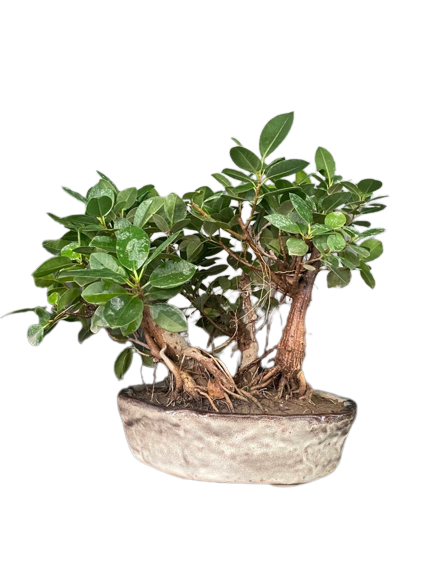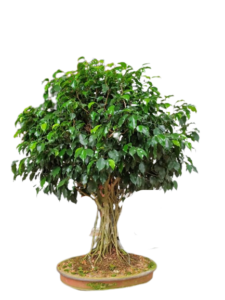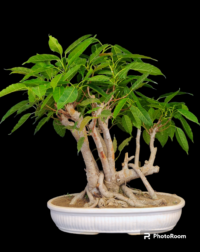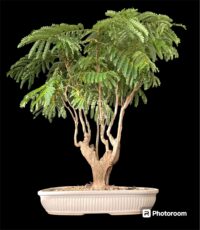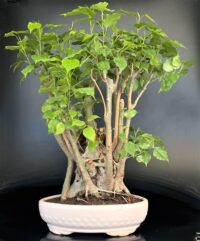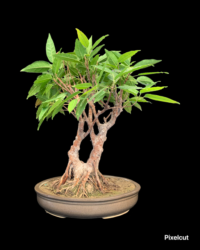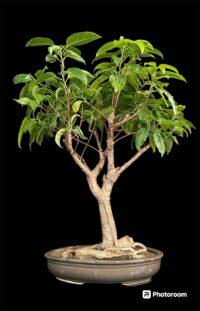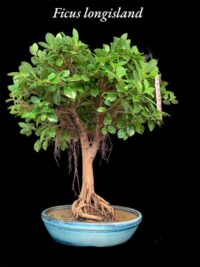The Complete Guide to Ficus Bonsai
The Complete Guide to Ficus Bonsai: From Care to Maintenance.
Introduction:-
If you’re interested in growing bonsai trees, then you must have heard of the Ficus Bonsai. This type of bonsai tree is a popular choice among bonsai enthusiasts due to its beautiful leaves, easy-to-care-for nature, and adaptability to various conditions. In this complete guide , we’ll cover everything from the basics of caring for your tree to more advanced techniques for maintenance. By maintaining the proper climate and keeping your soil healthy, you can have an indoor Bonsai that grows for years to come. Ficus, (genus Ficus), genus of about 900 species of trees, shrubs, and vines in the family Moraceae, many of which are commonly known as figs. So, let’s get started!
Understanding Bonsai
What is Ficus Bonsai?
Is a type of bonsai tree that belongs to the Ficus family. The tree is native to tropical regions and can grow up to 30 meters tall in its natural habitat. However, when grown as a bonsai, it is kept small and compact, making it an ideal choice for indoor cultivation. Ficus bonsai plants are very famous for Bonsai making because they are very hardly and are not susceptable to many insects and pests. They can be grown in almost every part of the world but they need to be protected from the Frost. There are hundreds of variety of ficus plants available all over the world depending upon Geographic location.
Different types of Ficus Bonsai
There are several types of Bonsai that you can choose from, each with its own unique features. Some popular types include:
- Ficus Retusa Bonsai
- Ficus Benjamina Bonsai
- Ficus Microcarpa Bonsai
- Ficus Ginseng Bonsai
- Ficus Religosa
- Ficus bengalensis
- Ficus virens
- Ficus panda
- Ficus Black
- Ficus longisland
- Ficus island
The list is very long, below are the pictures given for your ready reference.
Here are just a few examples of the many varieties of Ficus plants that exist. Each has its own unique characteristics and requirements for care and maintenance, so be sure to research the specific needs of any Ficus plant you choose to grow.
Ficus benjamina, Ficus lyrata , Ficus elastica, Ficus microcarpa, Ficus benghalensis, Ficus carica, Ficus citrifolia, Ficus deltoidea, Ficus diversifolia, Ficus drupacea, Ficus eugenioides, Ficus glomerata, Ficus hispida, Ficus lacor, Ficus maclellandii. Ficus natalensis. Ficus obliqua, Ficus pumila, Ficus racemosa, Ficus religiosa, Ficus retusa, Ficus rubiginosa, Ficus rumphii. Ficus septica, Ficus sycomorus, Ficus thonningii, Ficus umbellata, Ficus virens, Ficus vogelii, Ficus altissima, Ficus amboinensis, Ficus annulata, Ficus arnottiana, Ficus aspera, Ficus auriculata, Ficus burt-davyi, Ficus callosa, Ficus capensis, Ficus celastroides, Ficus chlamydocarpa, Ficus dammaropsis, Ficus decipiens, Ficus doliaria, Ficus formosana, Ficus fraseri, Ficus geocarpa, Ficus hederacea, Ficus ilicina, Ficus ingens, Ficus johnstonii.
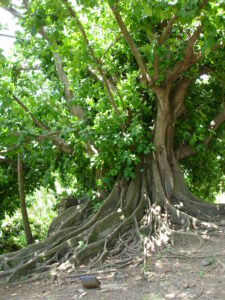
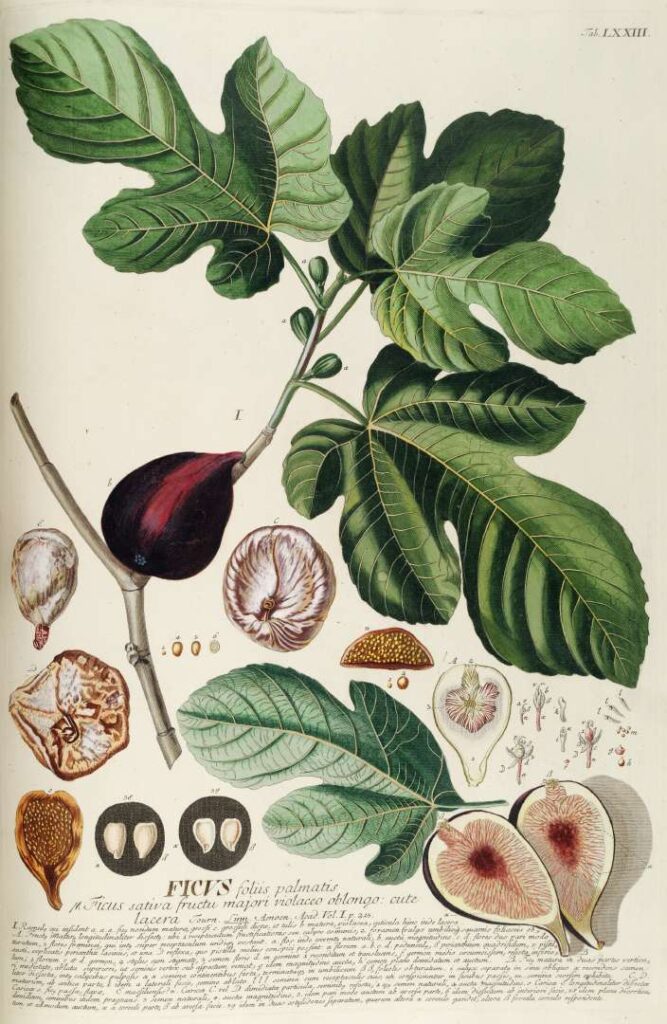
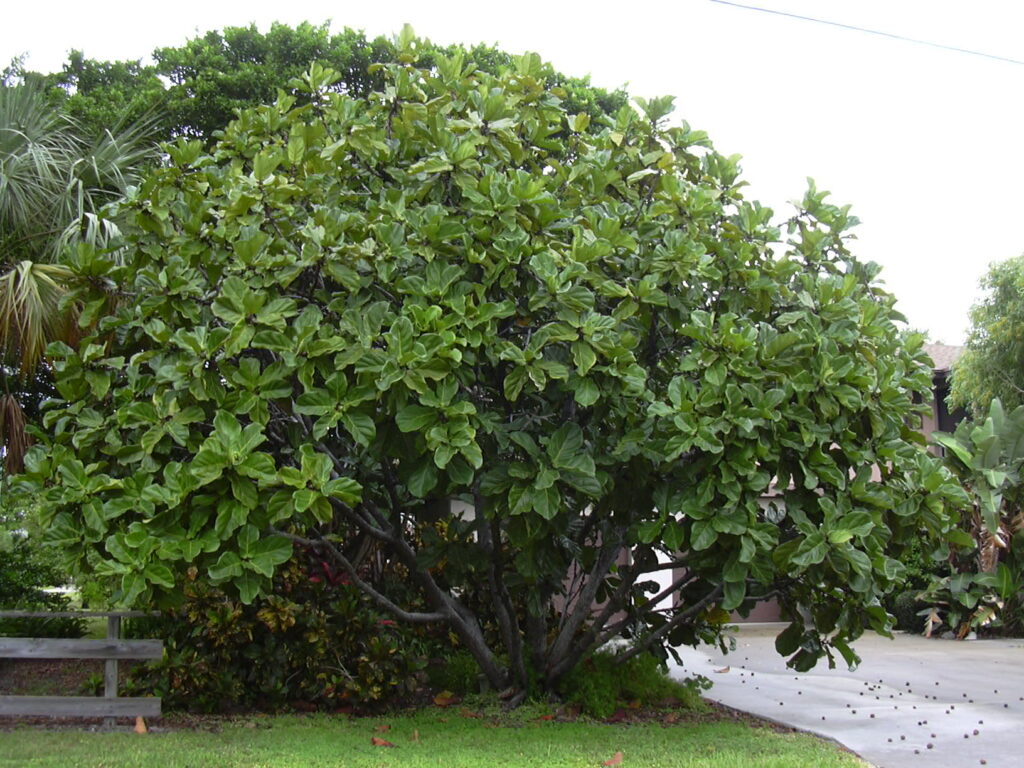
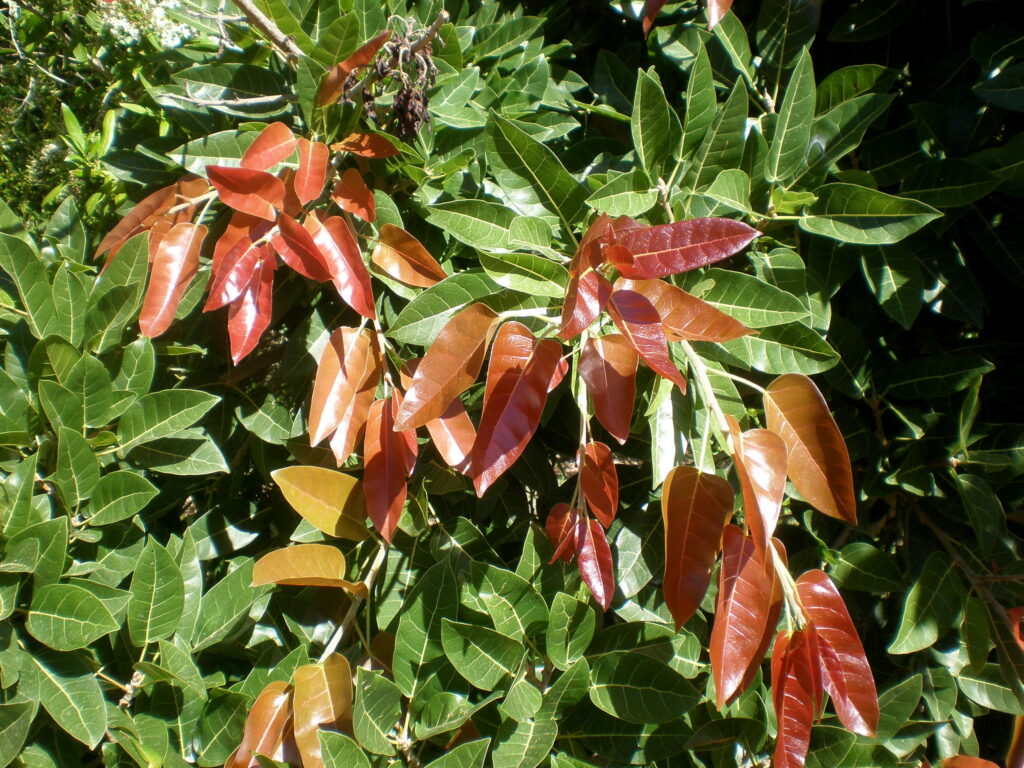
Buy Authentic Bonsai and get them home delivered in 4 hours in Delhi NCR
These are handcrafted by Bonsai Masters
Our Motto
What you see is what you get
Delivery
Personalised delivery at door step
Mission
Creating green spaces
Making & Developing Ficus Bonsai
How to start ?
- From Small Nursery Plant
- From Cutting of a Ficus plant
- Buying a pre bonsai material.
The Above methods take time but the result is rewarding. You can decide of the Bonsai shape from day 1. The method number 123 are the best for growing bonsaiz in a formal up right style which is considered to be the best in class many other methods of making a ficus Bonsai is like your mother where you can take out of plant from a forest or from a rock from a Hilltop and planted in a growing part and then start making up on the out of it the ya more Teri process is also very good and regarding because it gives a very lovely shape to the plant.
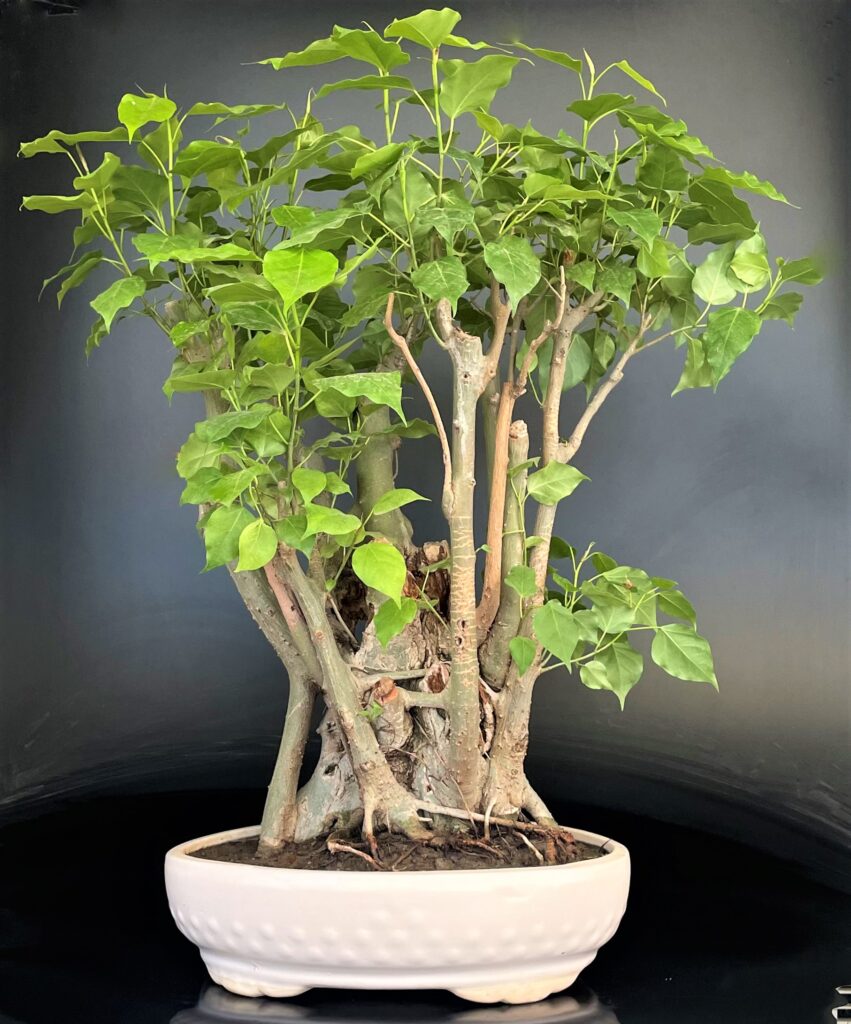
There is a due process of making a Yamodhari, Plant which can be accessed from my earlier blogs. Here I am going to write about yamodri in a very short manner.
Take out a desired plant from a Hilltop from the rock or from the forest area with a little bit of soil and cut the major tap roots.
This process should be done in a growing season like Early Spring or at the time of rains.
Then the specimen has to be planted in a big growing part for at least one to two years so that sufficient rude growth can be obtained.
Now depending up on the style and the size it can be shifted into a Bonsai Pot.
Creation of Yamadori Bonsai, A pictorial & Video Guide.
IDENTIFY THE PLANT TO BE DUG OUT FOR MAKING BONSAI

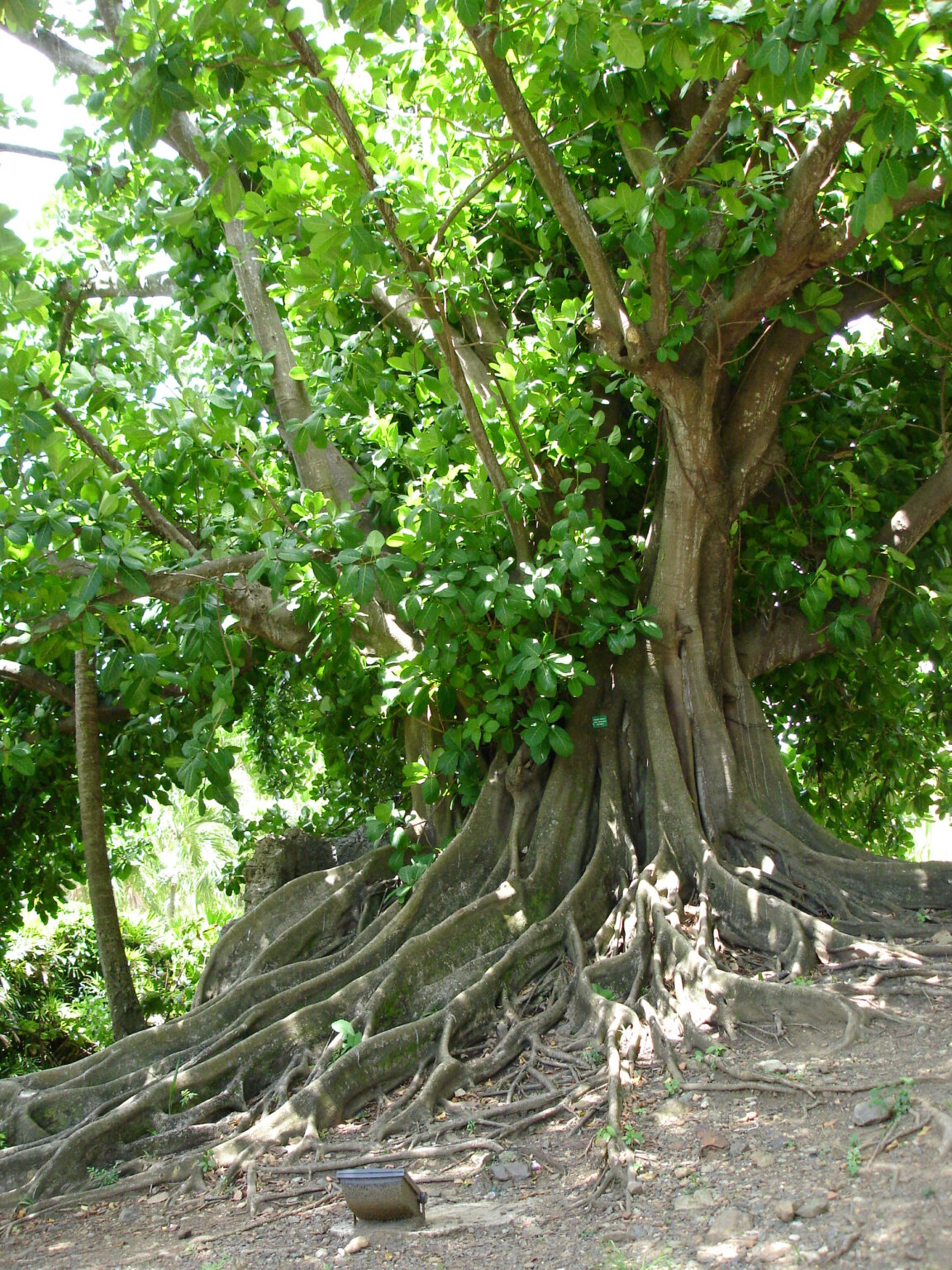
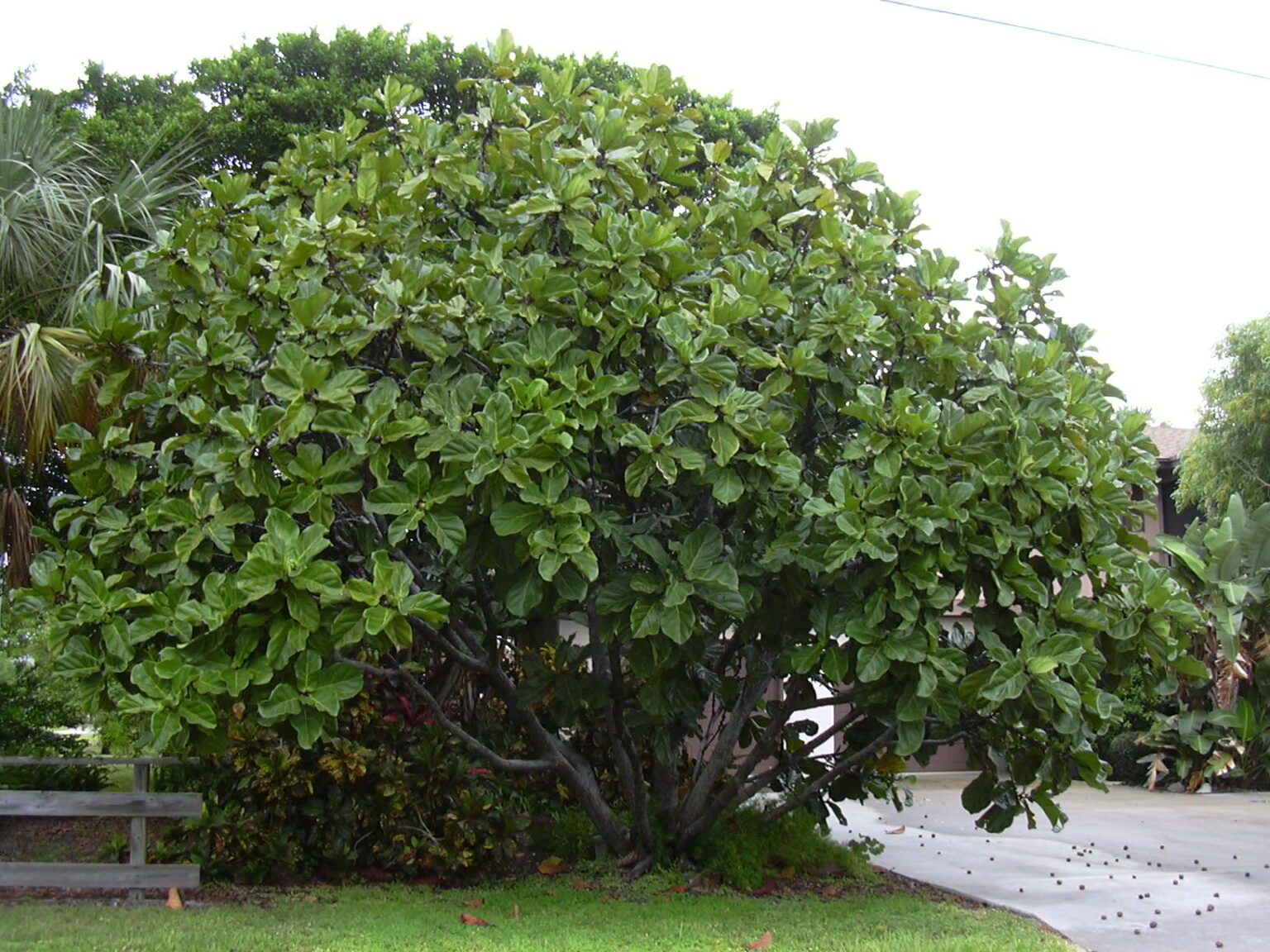
After Digging out, the tree is grown in a pot for 1-2 years to re-develop its roots and shoot system. After 2-3 years the Tree can be taken out from pot and Made into Bonsai. The is shown below in video, a step by step guide of Making a yamadori Bonsai.
The easiest way to a Bonsai in today’s urban environment.
As you are well aware that making of a Bonsai specially ficus Bonsai is a time taking process. It requires patience, skills perseverance and an artistic eye.
Easiest way to bonsai is buying a Bonsai of decide shape and size from Delhibonsai.Com varieties of various shapes sizes age indoor and outdoor both specimen which is a very in thing of friendly gift option.
Here at Delhibonsai.Com we have a vision and our team of dedicated professionals are here to guide you through whole of the Bonsai process. Growing thing and it keeps on developing shapes branches leaves stems thickens along with time and you can keep changing the pots also according to your mood and the development of a bonsai.
So why wait let the journey begin for a beautiful handsome bonsai
Now you are in the posession position of your ficus Bonsai there are many more things you should keep in mind which I will be explaining pointwise one by one.
Choosing the Right Pot and Soil
Choosing the right pot and soil is crucial for the health and growth of your Bonsai. When selecting a pot, ensure that it has good drainage and is large enough to accommodate the tree’s root system. For the soil, use a well-draining, nutrient-rich mix that allows water and air to circulate freely.
Caring for Your Bonsai
Watering
Proper watering is essential for the health of your Ficus Bonsai. Overwatering or underwatering can lead to root rot or dryness, respectively. Water your tree only when the soil is dry to the touch, and spray water on the leaves generously. If you are living in hot summer areas, water the Ficus Bonsai at least 2 times a day.
Providing Adequate Light
Bonsai trees need plenty of bright, indirect light to thrive. Place your tree near a window that receives ample sunlight, but avoid exposing it to a prolonged indoor environment, this will create the bonsai to lose shine.
Fertilizing
Fertilizing your Ficus Bonsai is crucial for its growth and health. Use a balanced fertilizer every two weeks during the growing season, and reduce the frequency during the dormant season.
Pruning and Shaping
Pruning and shaping your Bonsai is essential to maintain its shape and promote new growth. Use sharp, clean tools to remove dead or unwanted branches, and shape your tree by trimming the foliage.
Repotting
Repotting your Bonsai is necessary every two to three years, depending on its growth rate. When repotting, prune the roots and replace the old soil with fresh soil to provide adequate nutrients.
Maintaining
Preventing Pests and Diseases
Ficus Bonsai trees are susceptible to pests and diseases, such as spider mites, scale insects, and root rot. Prevent infestations by keeping your tree clean, providing adequate light and water, and avoiding overfertilization. Use neem oil spray one a month to keep it pest free and leaves shiny.
Creating Humidity
Ficus Bonsai trees thrive in a humid environment. You can increase humidity by placing a tray of water near your tree or by misting the leaves regularly. More humidity will enhance its ariel roots growth , which looks lovely and give bonsai a older look.
Winter Care
During the winter months, your Bonsai may go dormant. Reduce watering and fertilizing during this time, and keep your tree in a cooler environment to prevent it from drying out. You can also consider using grow lights to provide adequate light during the shorter days.
Wiring and Training
Wiring and training your Bonsai is a process that takes time and patience. Use bonsai wire to gently guide the branches into the desired shape, and adjust the wiring regularly to prevent it from cutting into the bark.
Styling
Styling your Bonsai is an art that requires creativity and skill. Some popular styles for Ficus Bonsai include formal upright, informal upright, slanting, cascade, and semi-cascade. Consider the natural growth pattern of your tree when styling it, and work slowly and methodically to achieve the desired effect.
Conclusion
Ficus Bonsai trees are a beautiful addition to any home or garden. With proper care and maintenance, you can enjoy the beauty of these trees for years to come. Remember to choose the right pot and soil, water and fertilize your tree regularly, prune and shape it as needed, and protect it from pests and diseases. With a little patience and effort, you can create a stunning work of living art that will bring joy and beauty to your life.
FAQs
Can I grow Ficus Bonsai outdoors?
Yes, Bonsai trees can be grown outdoors in temperate climates.
How often should I water my Ficus Bonsai?
Water your Bonsai only when the soil is dry to the touch.
What kind of soil is best for Ficus Bonsai?
Use a well-draining, nutrient-rich soil mix .
How often should I fertilize my Ficus Bonsai?
Fertilize your Bonsai every two weeks during the growing season.
How do I prevent pest infestations in my Ficus Bonsai?
Keep your Bonsai clean, provide adequate light and water, and avoid overfertilizing to prevent pest infestations. Use Neem Oil spray one a month.
There is a special video made on the above topics, which is below. Take all the steps and shown. if there is any more query, pl do comment , I shall be happy to answer ASAP.
All the Issues concerning Bonsai, Indoor Plants i.e Tree, Pruning, Soil, Pests, Watering, Fertilizer, Potting, Sunlight, Growth, Trimming, Branches, Leaves, Root System, Air Purification, Decorative, Styling, Shaping, Bonsai Care, Training, Repotting, Bonsai Tools, Techniques has been covered in this Blog.
ENJOY THE VIDEO BELOW.
